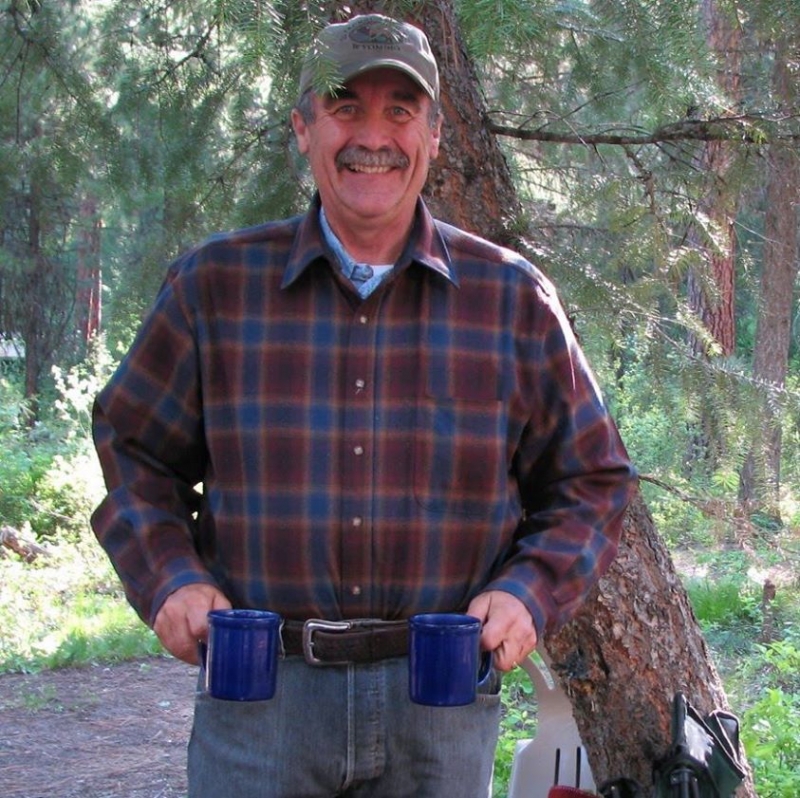KA7U
About
- Username
- KA7U
- Joined
- Visits
- 3,402
- Last Active
- Roles
- Member
- Points
- 3
-
add DTG to Log
I wanted to spot New Zealand and Japan stations last night and had to resort to using all manual entries in the DX Cluster softwarre (VE7CC). Ten Tec used an ini file to transfer CAT data between softwares for the Ten Tec Pegasus, ORION, and other Ten Tec Radios. MixW, HDSDR, and other software were written to take advantage of this constantly updated ini file, sending and receiving, frequency and mode information.Long story short; if the KiwiSDR wrote a file in the same ini format as Ten Tec used, software such as MixW would provide, logging, DX cluster spots and the ability to send spots to the cluster. Such software would automatically change frequency and mode according to how either connecting software was immediately set by the user. Change the KiwiSDR and MixW adjusts, change MixW and the KiwiSDR adjusts.I've read that John has future plans for the dx.json format and use. I can imagine that file being redesigned to provide a data interface to other connecting software on the user's KiwiSDR instance.RonKA7U -
Good DRM decodes on 15109.70 KHz
Martin,I forgot to like to a youtube video.and my blog post "how to", for whomever might benefit.RonKA7U -
What do you "chase"
James,In my case I mostly provide the service for the benefit of local hams that have problems with noise on their home receivers during HF nets. Of course most of the connections are from all over the place/world and it is difficult to tell what most are listening for or to. Now that VE3SUN has been providing connections to KiwiSDR receivers from current DX-spots, I've started paying more attention to listening on the KiwiSDR. I'm looking forward to a better interface from VE3SUN to the KiwiSDR.Of course I do catch new stations on the waterfall and add a tag for them just to remember that I have heard them there before.73,RonKA7U -
Antenna Choices
The W6LVP antenna running on http://ka7u.us.no-ip.org:8074 is doing almost as good a job as the 210' G5RV dipole. The dipole gets down to 15KHz whereas the W6LVP gets down to 60KHz. Generally the G5RV provides better S/N ratios up to 14MHz and the W6LVP does better above 14MHz. This is not a rule though, merely a perception based on observation since it has been up. At any given time either antenna might seem better than the other on a given frequency.The result for me is that the small footprint W6LVP Magnetic Loop provides almost as good a signal to the KiwiSDR as the very large footprint G5RV. In my mind this makes the W6LVP the more desirable antenna for aesthetic reasons and still provides excellent 60KHz through 30MHz reception.Nice little antenna.RonKA7U -
External Decoders
I've had it working in the past, but since Pulse Audio came out I've been using that with Pavucontrol and that is easier to use in my opinion. -
DDNS from KiwiSDR
I've used the noip client for several years. It works just fine on a Raspberry PI running Debian.Ron - KA7U -
Status panel
John,You might not need to filter any complete bands, you might find you have 1 or 2 nearby stations that have strong received signals at your location. I would set the WF max slider for 0dB, go to the MW broadcast band and set the waterfall for "zoom to band". Then turn on the Spectrum switch. I would then look for signals peaking over -30dB and definitely take note of signals approaching or above -20dB. Then I would make a LC series filter from the feedline to ground for that frequency. The greater the L value, the narrower the notch. A LC filter calculator can be found here:For example a series LC filter with 3000 picofarads and 4.4 microhenrys should filter 1380Khz down an additional 15dB or more, and if it were a -20dB it would now peak at -35dB.I have not tried this, but I've read that if the input impedance to the filter is increased at the input and then decreased at the output, notch will be deeper. Such as a 1 to 4 step up transformer at the input, and a 4 to 1 step down transformer at the output. (50 ohms to 200 ohms).Ron - KA7U -
Status panel
John,You might find your answer here: http://kiwisdr.com/quickstart/index.html#id-overloadRon - KA7U -
A handy tool for freq lookup
-
AM Overload Solved




